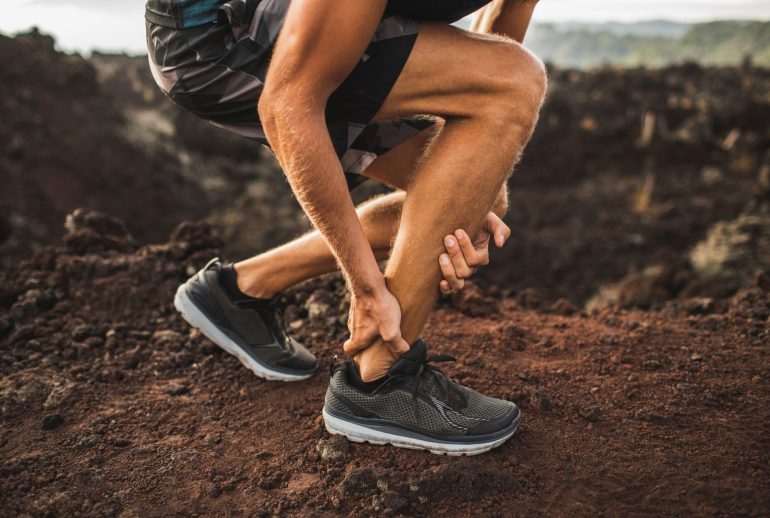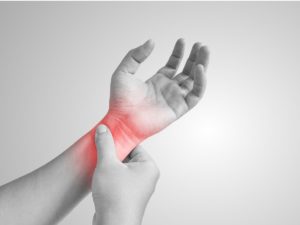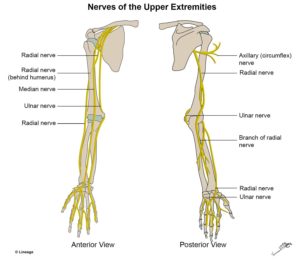Have you been running more recently and notice calf pain? Have you always had tight calves after exercises which would never go away? Do you have pain at the back of the heel which hurts when walking on toes?
Running injuries has been presenting more and more frequently to us here at Health House Clinic during this lockdown. In this blog, we continue to explore the common running injuries and their sites of pain with today’s post targeting the back of the heel.
Very commonly, we would often feel tightness in the calf muscles at the back of the leg during running, however, as we continue to the run, the pain would slowly progress down towards the back of the heel. Usually you would think this is the calf muscle being affected but in fact the cause of pain could be stemming from the tendon itself that connects the muscle to the heel. Runners would run distances ranging from 1-2km up to 10km during each session. From this, can you imagine how much impact is going through this tendon as we continue to pound our feet into this hard pavement?
Today we explore another common running injury known as achilles tendinopathy and understand what it is, why it happens and how we can look after it.
What is the term ‘tendinopathy’?
Before we know learn about achilles tendinopathy, we must first understand what ‘tendinopathy’ refers to. Tendons are what connects muscles to bone. Our tendons are made to help with resisting and dealing with the large amount of forces that muscles endure when they contract or are active. When this tendon becomes injured, it’s very normal to feel pain most commonly located towards the ends of the muscle bellies where they attach to the bone. The most common causes for tendon pain are related to overuse injuries which may or may not be associated with inflammation, hence the terms used for these kind of injuries often vary between tendonitis, tendinosis or tendinopathy.
Tendinopathy is a term used clinically to describe ongoing, localised tendon pain with a certain degree of function loss. As we continue to look into the research of tendon issues, it’s very common for the term tendinopathy to be used to due to the reduce presence of inflammation around the tendon, but rather changes to the tendon structure itself. It is not to say there is no inflammation present, it may vary case by case and in this blog, we will go through the effect of the term tendinopathy.
What is achilles tendinopathy?
Achilles tendinopathy is a condition causing pain just above the back of the heel. The common cause of this injury is due to the repetitive loading or overuse of this tendon leading to structural damage or inflammation. The achilles tendon is the largest tendon found in the body and is responsible for withstanding strains from running, jumping, and sudden acceleration or deceleration. As we continue to run, our achilles will continue to take a beating from the repetivie slamming of foot into the hard pavement, leading to it’s injury.
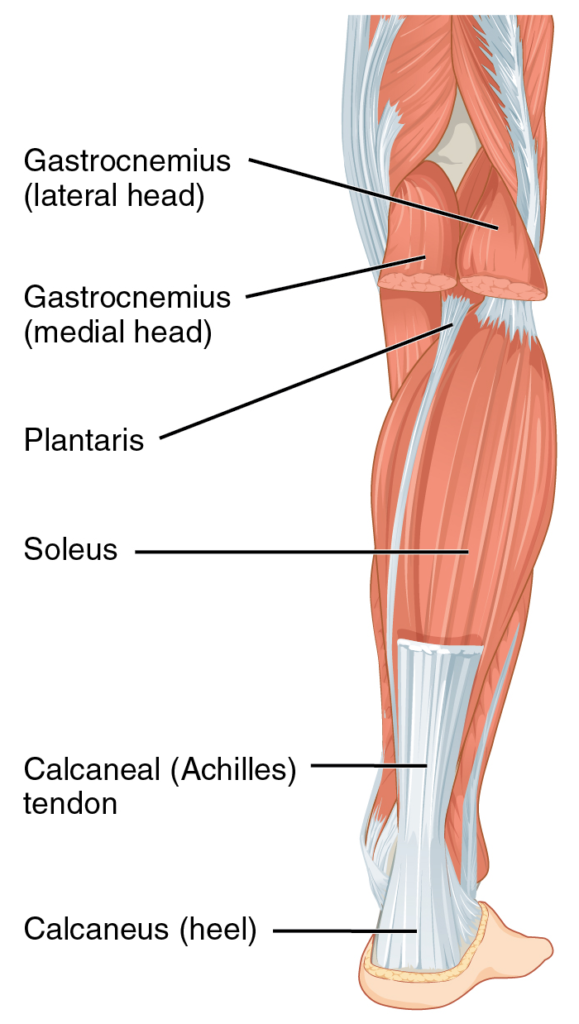
What causes achilles tendinopathy?
As with all tendon injuries, the most common causes would be increased loading/forces passing through the tendon itself leading to breakdown or inflammation. Common causes for achilles tendinopathy can be attributed to overuse, most commonly via running or jumping.
Achilles tendinopathy can happen due to:
- Increase their exercise or activity, ie. Running or jumping
- Increased frequency of exercise, ie. Running or jumping
- Tight calf muscle
- Poor footwear
- Obesity
- Family history of tendinopathy
- Arthritis or bone spur around the heel
- Poor running technique
Characteristics/Symptoms of Achilles Tendinopathy
- Morning Pain
- Pain in back of heel, 2-6cm above heel.
- Worse with exercise, relieved with rest
- Stiffness in calf
- Sometimes may be associated with swelling
- Trouble when tip toeing
- Sometimes burning pain
Tips and tricks to manage achilles tendinopathy
Achilles tendinopathy can get better on its own, however the timeframe for recovery can vary from 1 month to 6 months to heal. There are a few tips and tricks when it comes down to self-management of achilles tendinopathy. Below are few things that have shown to be helpful for recovery of this condtion.
1. Get Assessed
When it comes to tendinopathy or tendonitis related injuries, manual and physical therapy has shown to give the best results when it comes to recovery. When dealing with tendinopathy related issues, it’s very helpful to have the condition be assessed by a qualified professional. As everyone is different, what causes the increased loading of this tendon may vary from one another hence understanding what that cause is will be pivotal to a faster recovery. Here at Health House Clinic, all our practitioners are trained and qualified to assess and manage any tendinopathy related issues and have achieved great results with them.
2. Rest, Ice, NSAIDs and Compression
As achilles tendinopathy is a result of overuse, it’s very beneficial to rest the ankle from aggravating activities such as running and jumping in the early stages of recovery. The use of an ice-pack can be helpful when pain is still present in the early stages. A short course of anti-inflammatories/NSAIDs can be taken to help manage pain and symptoms, however, checking with your GP or doctor would be recommended should there be any issues. Lastly, using a compression bandage around the heel and achilles can give some degree of relief during the early healing phase.
3. Stretching
The goal of therapy is always to help relieve symptoms and enable a return back to activity or sport. In the early stages, you will notice the surrounding structures such as the calves will tighten up once the tendon becomes affected. Performing a few simple stretches for the calves without pressure on the heel has proven to be helpful with some pain and symptom management both short and long term.
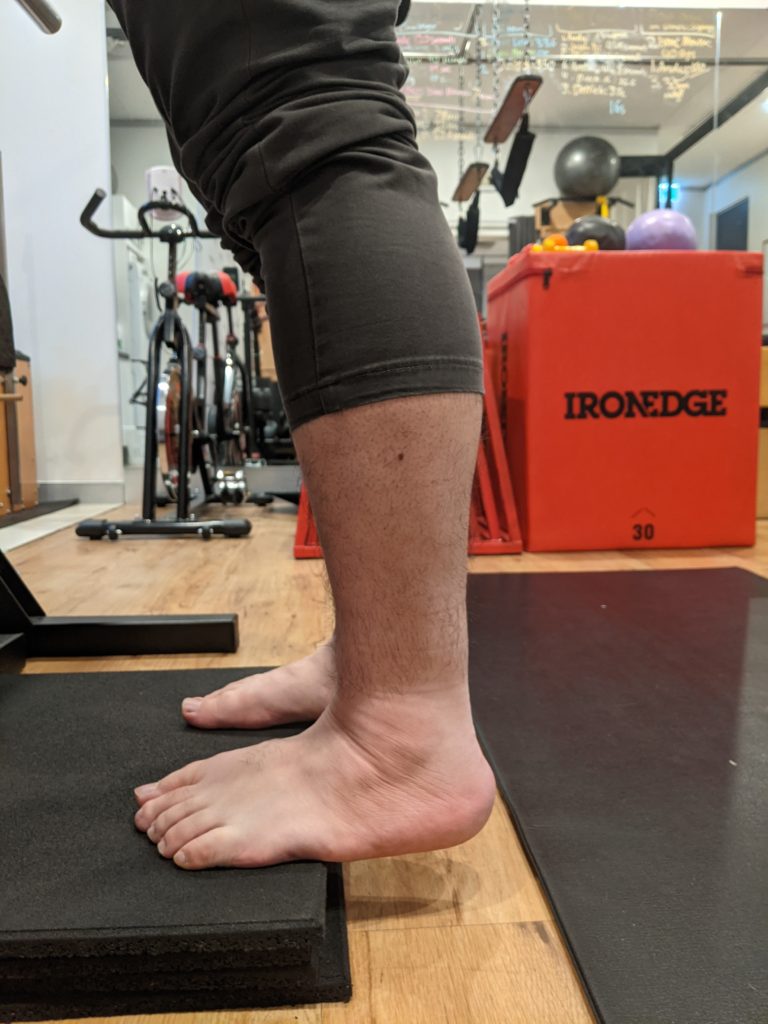


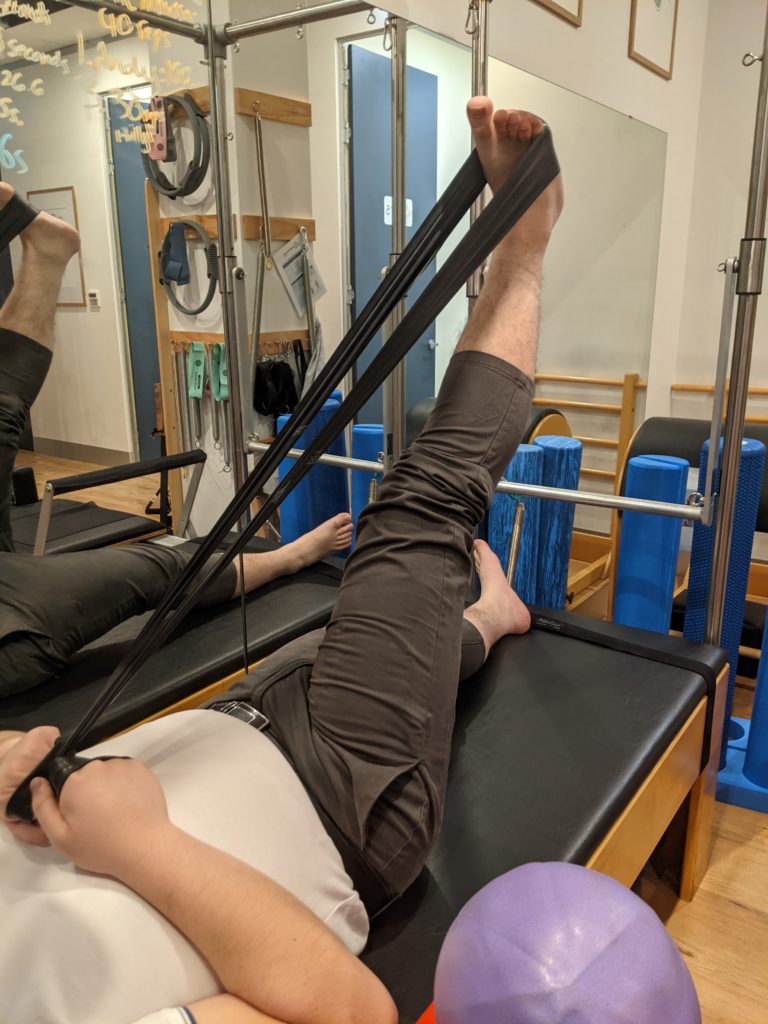
4. Strength
Once the acute healing phase of the injury has faded and has slowly returned back to activities and sport, rehabilitation of the tendon is next on the list. When it comes to tendon injuries, progressive loading and strengthening is pivotal for long-term relief. Below is a simple exercise that you may try to begin the process or tendon loading.

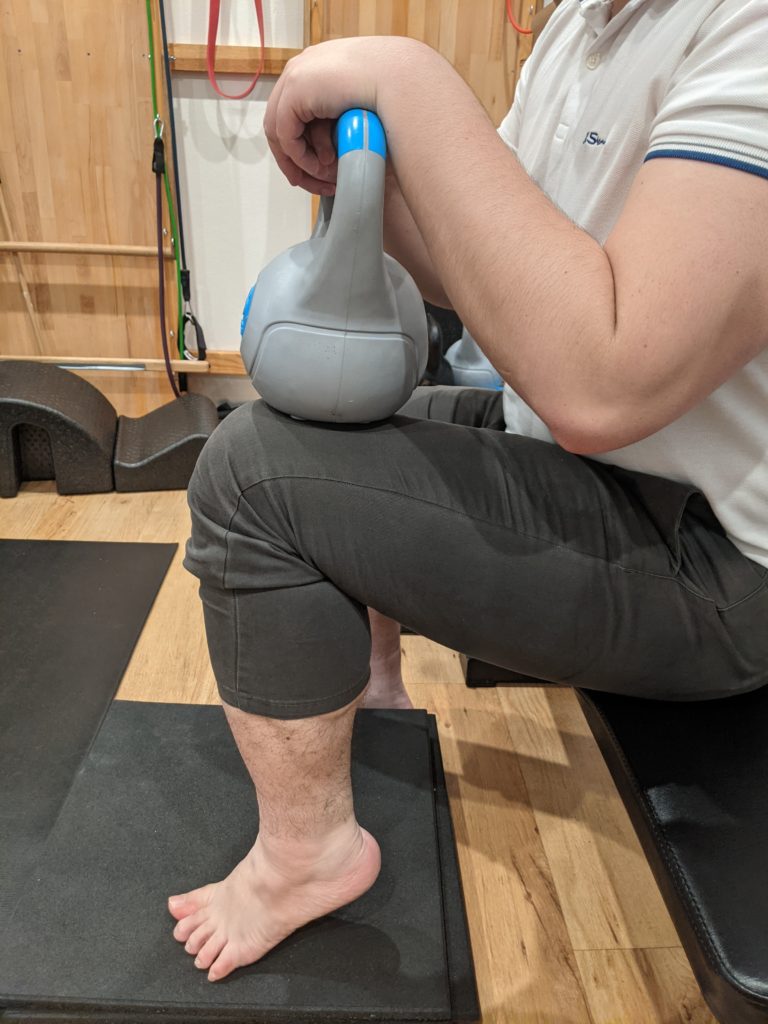


Above are all simple tips and tricks to try at home to provide some degree of relief and begin your road to recovery for achilles tendinopathy. If you are currently suffering from something similar or have had this previously in the past and continues to flare up, I would encourage you to come have it assessed and let us help you.
If you would like to find out more, please don’t hesistate to contact us on (02) 9524 8862 or email us at info@healthhouseclinics.com.au.
References:
Maughan. K, Boggess. B, Achilles tendinopathy and tendon rupture, Fields. K, Grayzel. J, UpToDate. Retrieved September 30th 2021, from https://www-uptodate-com.simsrad.net.ocs.mq.edu.au/contents/achilles-tendinopathy-and-tendon-rupture?search=achilles%20tendinopathy&source=search_result&selectedTitle=1~44&usage_type=default&display_rank=1#H18
Scott. A, Rees. J, Overview of overuse (persistent) tendinopathy, Fields. K, Grayzel. J, UpToDate. Retrieved September 30th 2021, from https://www-uptodate-com.simsrad.net.ocs.mq.edu.au/contents/overview-of-overuse-persistent-tendinopathy?search=tendinopathy&source=search_result&selectedTitle=1~150&usage_type=default&display_rank=1
Scott A, Backman LJ, Speed C. Tendinopathy: Update on Pathophysiology. J Orthop Sports Phys Ther 2015; 45:833.
https://www.physio-pedia.com/Achilles_Tendinopathy

